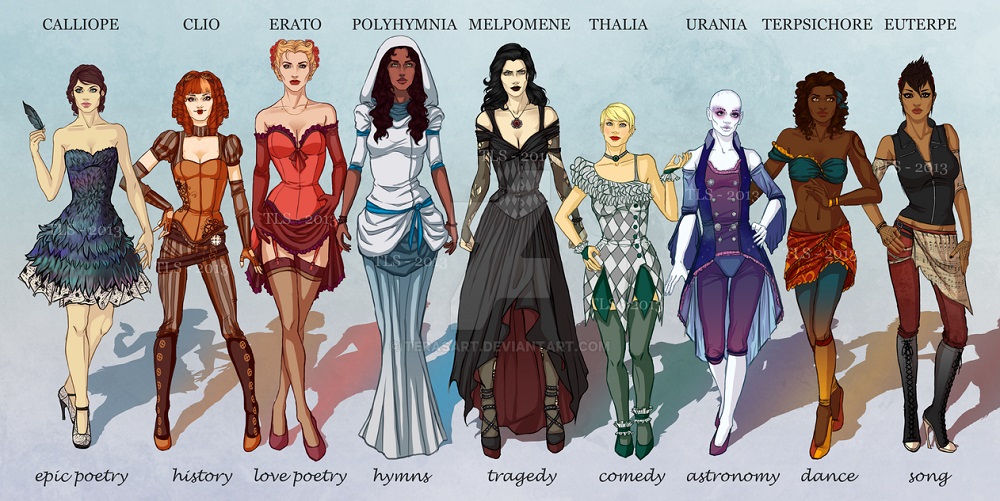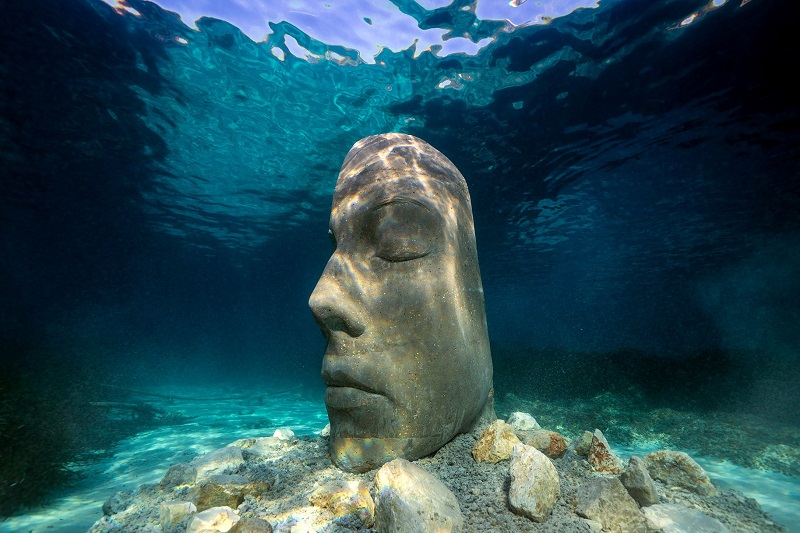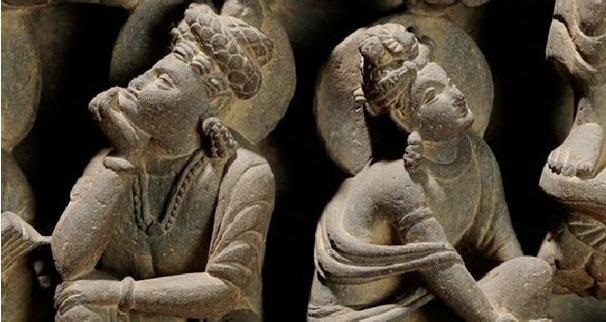Written by: Virdah Khan
Posted on: November 05, 2021 |  | 中文
| 中文
Xinye Village in Zhejiang, China is an example of open-air museums
How do the museums serve human society? Perhaps, it is more relevant to ask: What role do museums play as the world starts to recuperate from a global pandemic? A plausible answer to both these questions lies in the word and its history.
“Museum” comes from the ancient Greek word “Mousa”, which later became “Mouseion”, meaning “the seat of Muses”. The Greek used “Mouseion” to describe a “Philosophical Institution”, but the actual word “Museum” was first used in Rome to describe “A place for Philosophical discussions”. In the 15th century, the word “Museum” was used to describe “an art collection”. But it wasn’t until the 17th century that a building was specifically built within the University of Oxford for the preservation of art collections. And this is how the modern museums came into being.

The inspirational goddesses of literature, art and science in the Greek mythology. The history of museums lies in the Greek concepts of Muses and Mouseions
According to UNESCO’s 2020 report on Museums Around the World, the total number of museums increased by 60% since 2012. By 2020, there were 95,000 museums around the world. This is a huge number of buildings where art and culture are kept for viewing by the public. What is so special about passively gazing at cultural artifacts or paintings kept inside a building?
As if to answer this question, famous art director George Lois chimes in:
“Museums are custodians of epiphanies.”
There are several types of Museums in the world today preserving as many types of “epiphanies”.

Cannes' Ecomuseum with guardians of the sanctuary- these statues will provide shelter for the marine animals and plants.
Open-air museums preserve entire buildings, such as the Xinye Village, in Zhejiang China. Ecomuseums support communities in managing their own heritage, such as the Cannes’ Underwater Ecomuseum, which provides shelter for marine animals and plants. The InternetMuseum is a Swiss initiative built to preserve Swiss history and culture on the internet. Lastly, the more prevailing and popular types of museums are archaeological museums, such as the Iran National Museum, Tehran, or the Taxila Museum, in Taxila, Pakistan.
The presence of these different types of museums shows that we have stakes in the protection of our history and culture, and our progress as a species on earth. A core reason for this is rooted in the original Latin concept of museum as “A place for philosophical discussions”. Modern museums provide a reflection of our present and our collective past. At the same time, we have the opportunity to project our present selves into a probable future, based on what we find in the history and culture kept inside the museum.

Carved stone panels depicting life-story of Buddha, in Taxila Museum. (Picture credits to DND Pakistan)
According to the famed architect and essayist Martin Filller, “The most basic task of any museum must be the protection of works of cultural significance entrusted to its care for the edification and pleasure of future generations.” In the wake of COVID-19, as economies, politics, education, health and employment continue to adjust, museums have a challenge at hand to carry out this basic function.
To this end, modern museums are utilizing digital media. Even before the pandemic, digitalization of museum archives was an active field. Today, museums around the world are building on their digitalization experience to create an engaging digital presence, and become more accessible to the larger population. The British Museum is famous for its highly engaging YouTube presence. All the rest of the world’s popular museums command an equally popular and respectable space online. As ticket sales and tours have plummeted, online presence has chipped in with its own stream of paybacks.
In Pakistan, things are slightly slower but not too far behind. As the home to world’s most ancient known civilization, Mehargarh, Pakistan is throbbing with history which is yet to be discovered. There are museums in almost all major cities of the country. Most of these museums are historic, archaeological and cultural spaces. The Lahore Museum showcases the history of the subcontinent. Mohatta palace in Karachi is an open-air museum used for preserving the arts of Pakistan. The Chitral Museum is dedicated to protecting and displaying the cultural heritage of the scenic Chitral valley and its adjoining areas.
One of the most important steps towards the preservation of cultural heritage of Pakistan was envisioned by the late poet Faiz Ahmed Faiz. As a result, Pakistan National Council of Arts, PNCA, and the National Institute of Folk and Traditional Heritage, Lok Virsa, were founded in Islamabad. While the PNCA works with arts and artistic expressions, Lok Virsa, is a body that administers Pakistan Monument Museum and the Heritage Museum. Lok Virsa’s annual Folk Festival demonstrates the function of museums as “community building cultural spaces”. For several decades, the festival has remained a platform for Pakistan’s indigenous craftspeople to bring their ancient arts and crafts to the modern Pakistani household.
As Pakistani museums and museums of other less developed countries try to come on-board the digital bandwagon, they continue to act as places of harmony and inspiration for the common citizen. In the presence of a global health crisis and artificial intelligence that uses the human mind for its growth, there is an insistent need for experiences that enrich the human soul and empower the human instinct to learn and grow. With little effort and good budget management, museums as the gatekeepers to human history and culture, have the capacity to educate and increase understanding of their own culture and history.
You may also like: